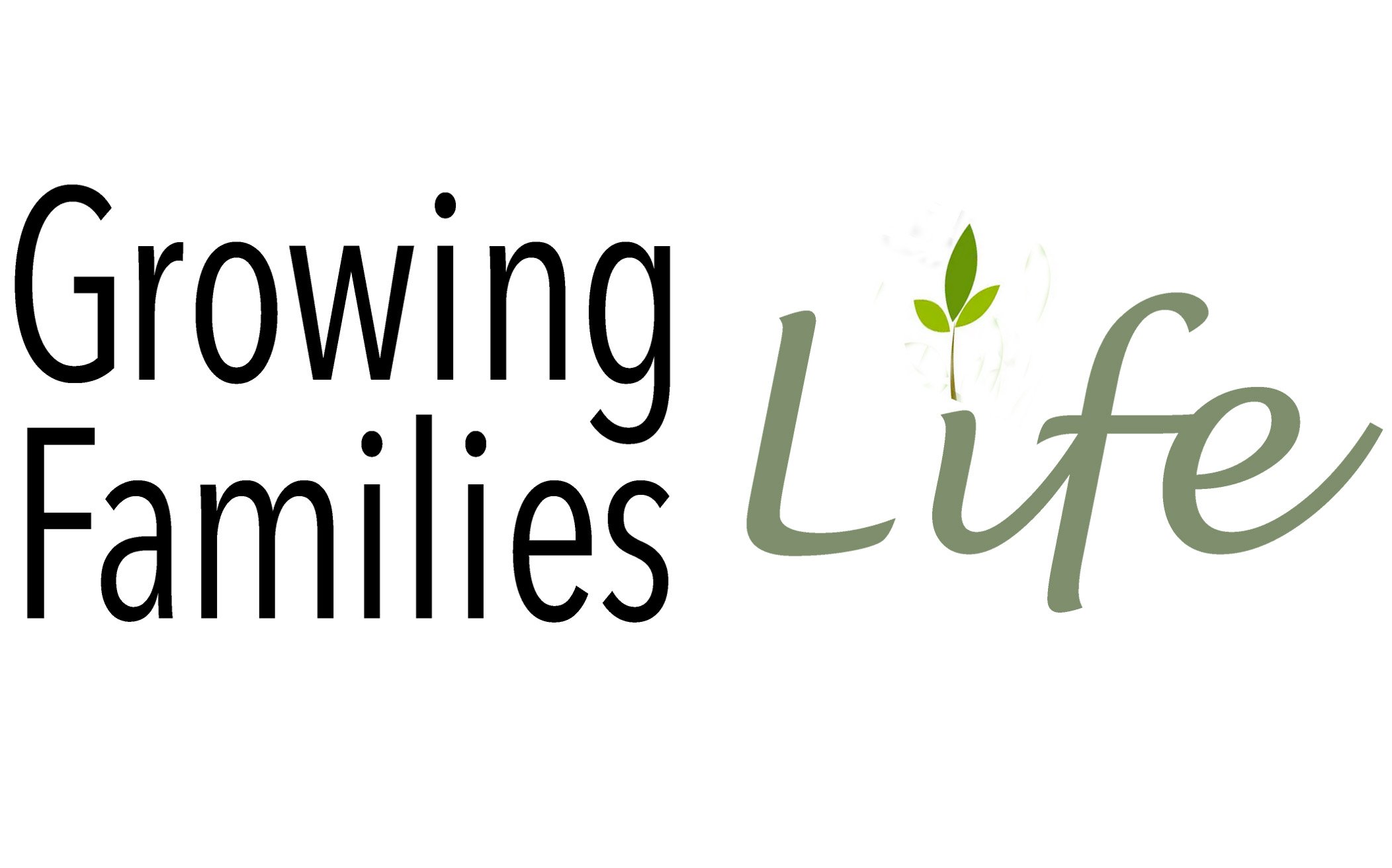Babyhood Transitions - Article
Playpen Benefits
The playpen offers many learning advantages. Here are a few:
It provides a safe environment. A playpen is a safe place to put your baby when your attention must be elsewhere and it’s not the baby’s naptime. Playpens enable you to take a shower, unload groceries from the car, care for other children, and do a host of other activities—all the while knowing your child is safe.
It doubles as a portable bed. The playpen can serve as a portable bed, which is especially useful when visiting in another family’s home. The playpen gives the baby a clean, familiar place to sleep.
It offers a structured learning center. The playpen really does encourage the love of learning because babies are in a place where their little world is uninterrupted. There are no distractions and it is the right size venue that encourages play and fosters focusing and concentrating skills. We have observed our own grandchildren, sitting in their playpen ‘looking at book’, not that they could read it, but they were enjoying it. The playpen creates the right conditions for this type of behavior.
Planned daily playpen times allow little ones the opportunity to develop in many ways.
Benefits of the Playpen
It aids focusing skills. Playpen time helps a child develop the ability to concentrate on an object or activity at hand and not be constantly distracted.
It aids creativity. You can see how a child picks up a toy, manipulates it with her hands, examines it carefully, shakes it, or removes a part and examines it and then test their skills by repeating the process again. Or maybe he is separating parts of a toy and then attempts to replace the parts. And that moment of discovery becomes the motivation that perpetuates longer attention spans and deeper levels of concentration. These are all academic attributes required for higher learning.
It aids self-play adeptness. This is one of the positive signs that your baby is mov- ing from dependence to independence.
It aids orderliness. The first step to developing orderliness is to help your child with cleanup times. Start by placing a few books in one corner, a bucket of small toys in another, or stacking other items in a neat pile. Simple statements such as “Let’s put the toys in the basket,” or “Help Mommy clean-up,” aid the process. The object is to leave the area neat, with the child participating in achieving that goal.
When routine and structured learning times are absent in a baby’s day, then the repertoire of skills he might otherwise attain by these activities could be seriously delayed or compromised. The playpen is all about creating the right learning environment.
To read more purchase Babyhood Transitions
